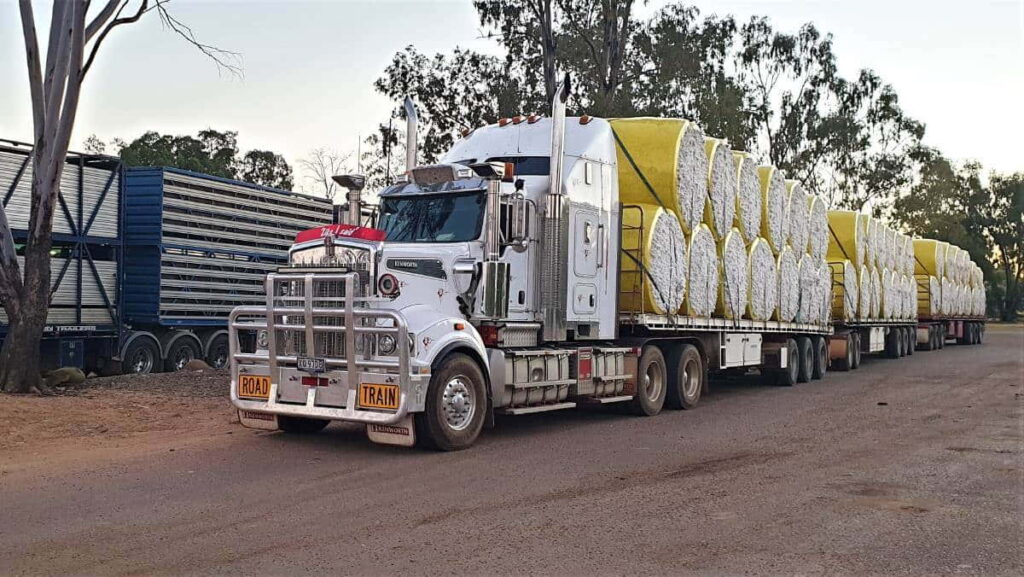Transporting loads can be a tricky and dangerous business if not done correctly. Improperly restrained loads can cause serious accidents, injury, and even death. That’s why it’s so important to know how to properly restrain a load before attempting to transport it. The Australian Load Restraint Guide is a comprehensive guide that covers everything you need to know about safely restraining loads.
Why is load restraint important?
The ability to transport your goods quickly and safely is vital for any business. Without a proper load restraint system, you could find yourself facing a lawsuit or criminal charges if you cause an accident. A load that isn’t properly restrained can also cause damage to your vehicle, which will increase the cost of your insurance premiums.
Do I need to use certified load restraints?
It’s important to use certified load restraints when transporting heavy loads or materials. When purchasing a new vehicle, it’s best to ask your dealer about certified options available for your model and make sure they are installed correctly before taking the vehicle on the road. Otherwise, you may find yourself in trouble with the police or other road users if they see you transporting a heavy load without the correct cargo load restraint installed.
What are the legal requirements for me?
If you’re transporting a load of any kind, there are some specific laws that you need to be aware of. These laws vary depending on where in Australia you live and what type of vehicle you use, so make sure you check with your local government before attempting to transport anything.
In general, though, here are some basic rules:
- Make sure any vehicles used for transporting loads have two-way radios installed in them. This is so that if there is an accident or other emergency situation, it can be reported immediately.
- You must always wear high-visibility clothing when driving around during daylight hours.
- All vehicles should carry a first aid kit with them at all times in case of an accident or injury on site.
What are the risks of not restraining loads correctly?
Transporting loads can be a tricky and dangerous business if not done correctly. Improperly restrained loads can cause serious accidents, injury, and even death. That’s why it’s so important to know how to properly restrain a load before attempting to transport it.
Conclusion:
Any driver who transports goods needs to have this Australian Load Restraint Guide.
Related Sources: Cargo Lashing, Container Lashing Systems


